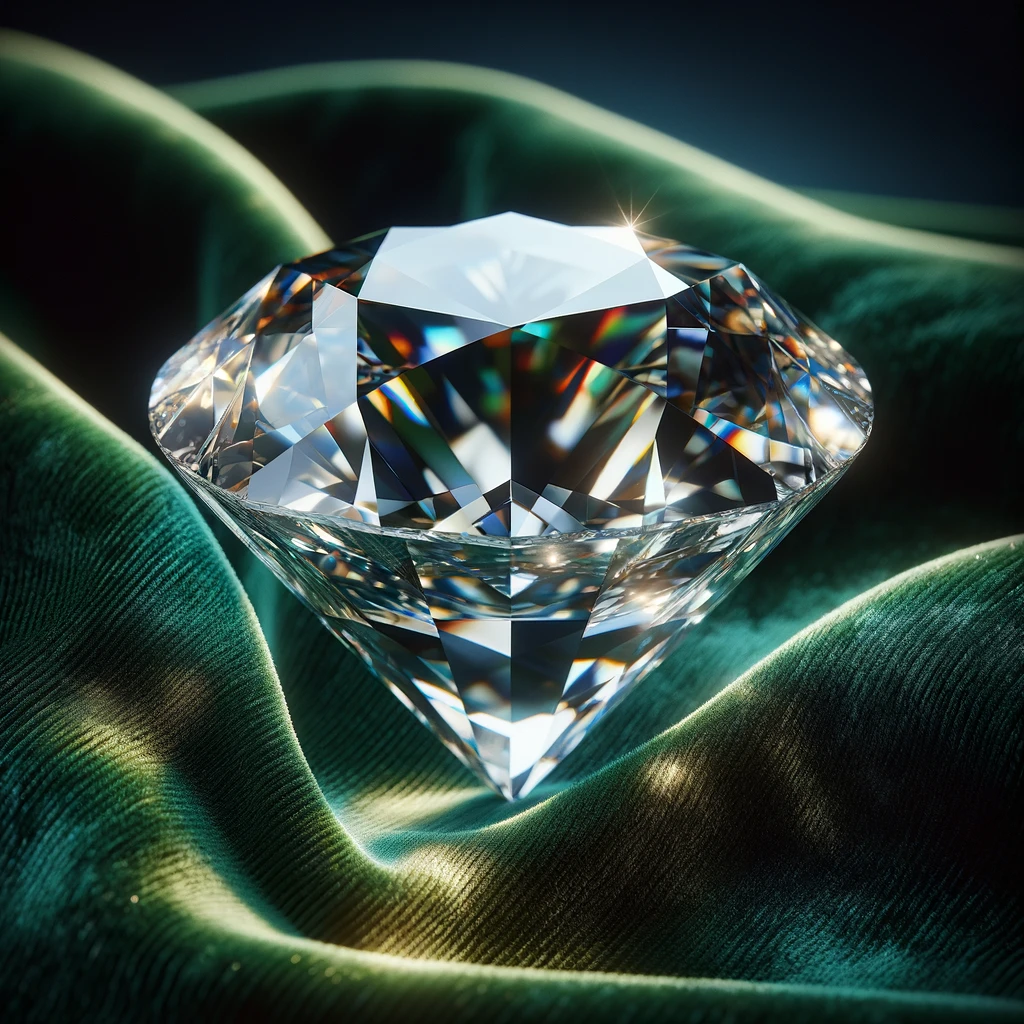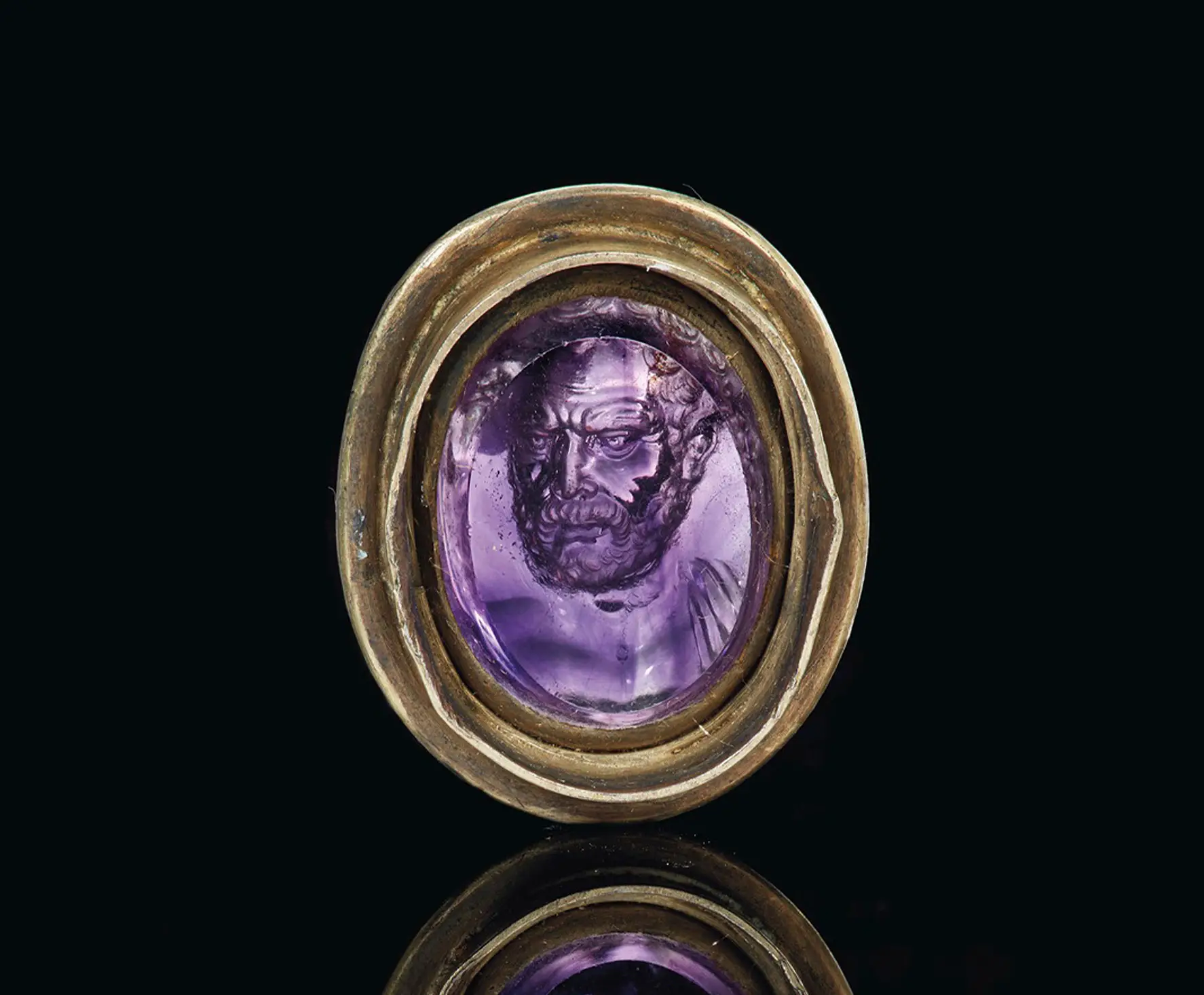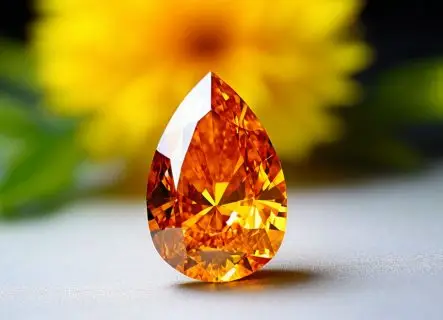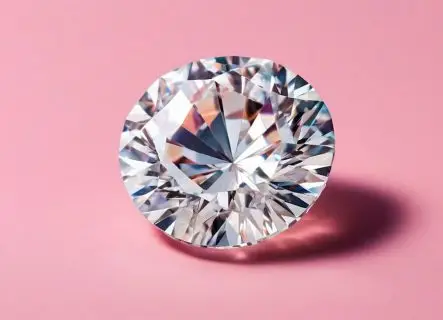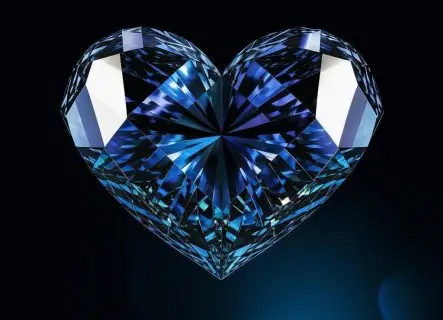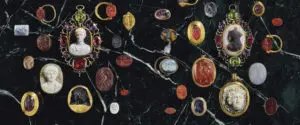
One of the most prominent jewelry tendencies from the Ancient period was jewelry with engraved gems.
Cameos and intaglios
There are two types of engraved gems: cameos – convex images with excess material removed; and intaglios – images cut as a depression into the gem’s surface. The material, size and color of such carved gems reflected the wealth of their wearers.
Ancient artists preferred creating cameos and intaglios of various precious gems: amethysts, garnets and sapphires. Sometimes they also used carnelian, chalcedony, rocky crystal and jasper. Then the gems were set in silver, gold or bronze bands.

The creation of cameos and intaglios required great skills. The first engraved gemstones were cut by hand using tools such as cutting wheels and pointed drills. You may have thought of a tool with a diamond tip – since diamond is the hardest known material on earth, but such an instrument was invented in the 5th century BC and was not widely used.
Meaning of cameos and intaglios
Initially, carved and engraved gems were used as a signature: the owner simply imprinted his own design into wax or clay. Later, they became elements of fashion and personal style, revealing the owner’s interests and beliefs.
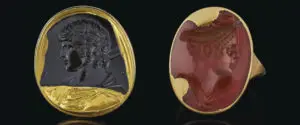
The spread of engraved gemstones
The 1st carved gems appeared in ancient Mesopotamia almost 5000 years ago. Then, they gradually spread to Greece, Egypt and Persia.
Around the 16th century the Minoans began making small rectangular seals. Unfortunately, later the tradition was lost and revived only in the 6th century BC. That time small, oval-shaped intaglios (usually in the form of a scarab beetle) were created. Later – in the 5th century BC – the details on engraved gems became smaller and more sophisticated.
It was the conquests of Alexander the Great that provoked the spread of engraved gems around the Hellenistic world in the 3rd century BC.
The Romans continued the tradition for intaglios and cameos. They even enhanced the tradition by making special glass to cut cameos. It allowed them to create consistent and predictable color layers. The Romans were fond of cameos depicting the portraits of their favourite philosophers.
Subjects of cameos and intaglios
In addition to portraits of favorite philosophers, ancient people also wore cameos and intaglios with engraved mythological figures, animals and inscriptions that identified their owners. Sometimes artists wrote their name on a gem they engraved – though it didn’t happen very often.
Subscribe to discover the world of diamonds and gems. If you have any questions, please let us know.


